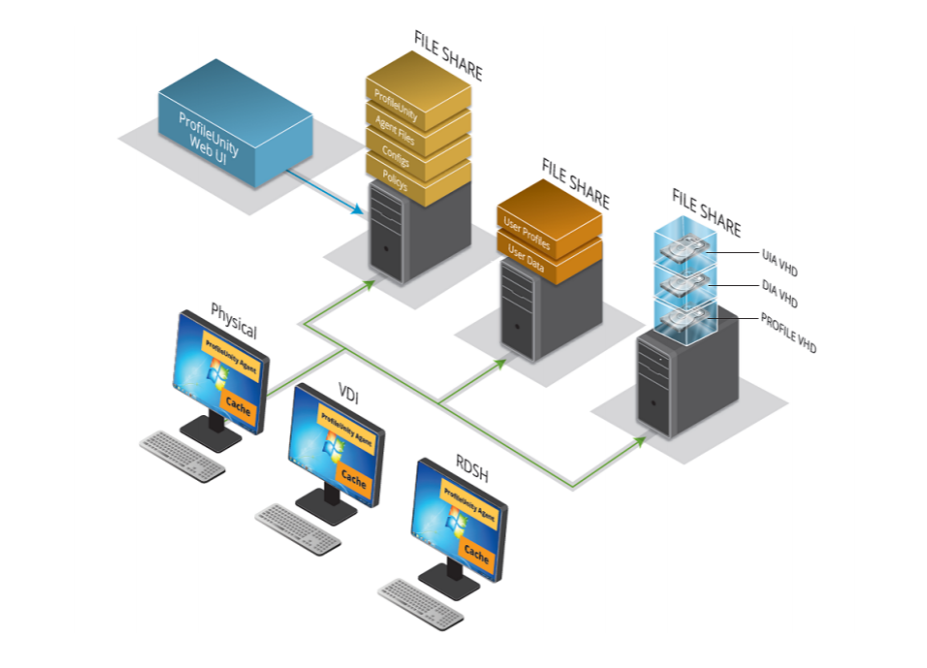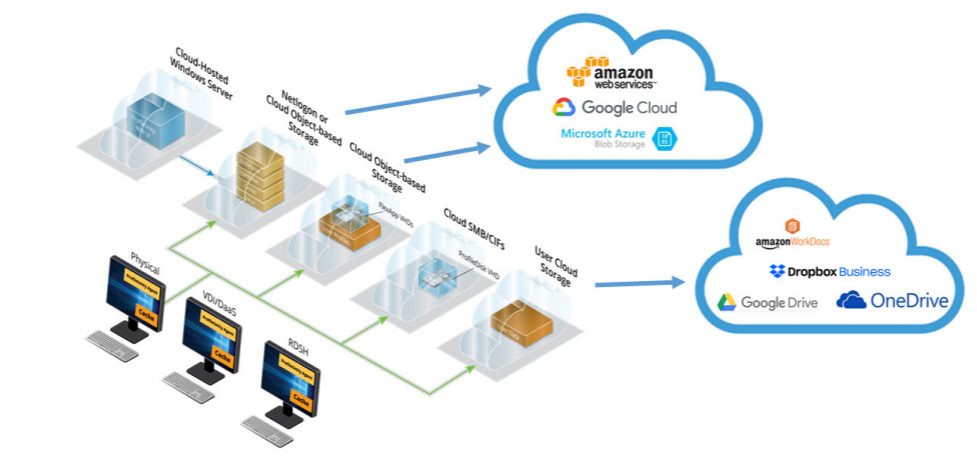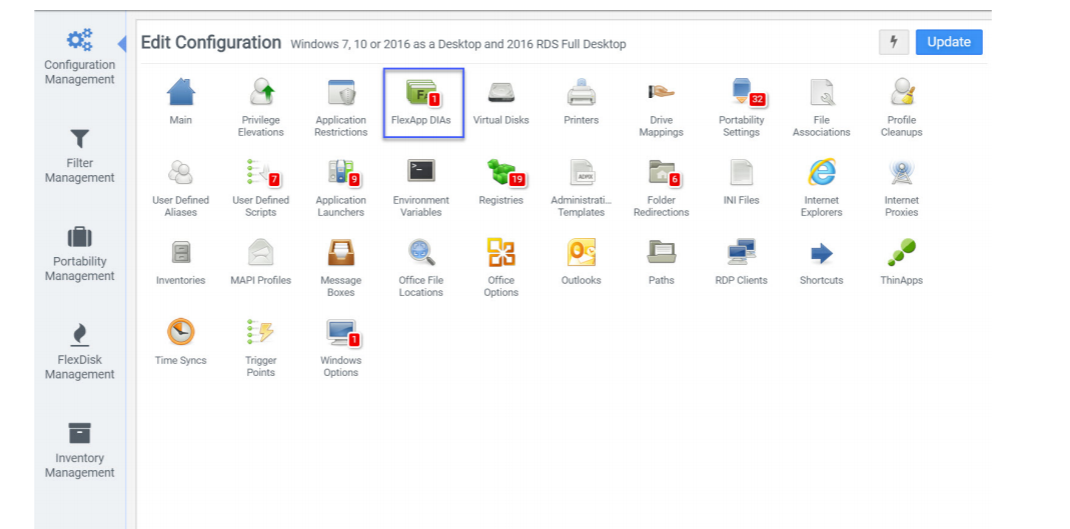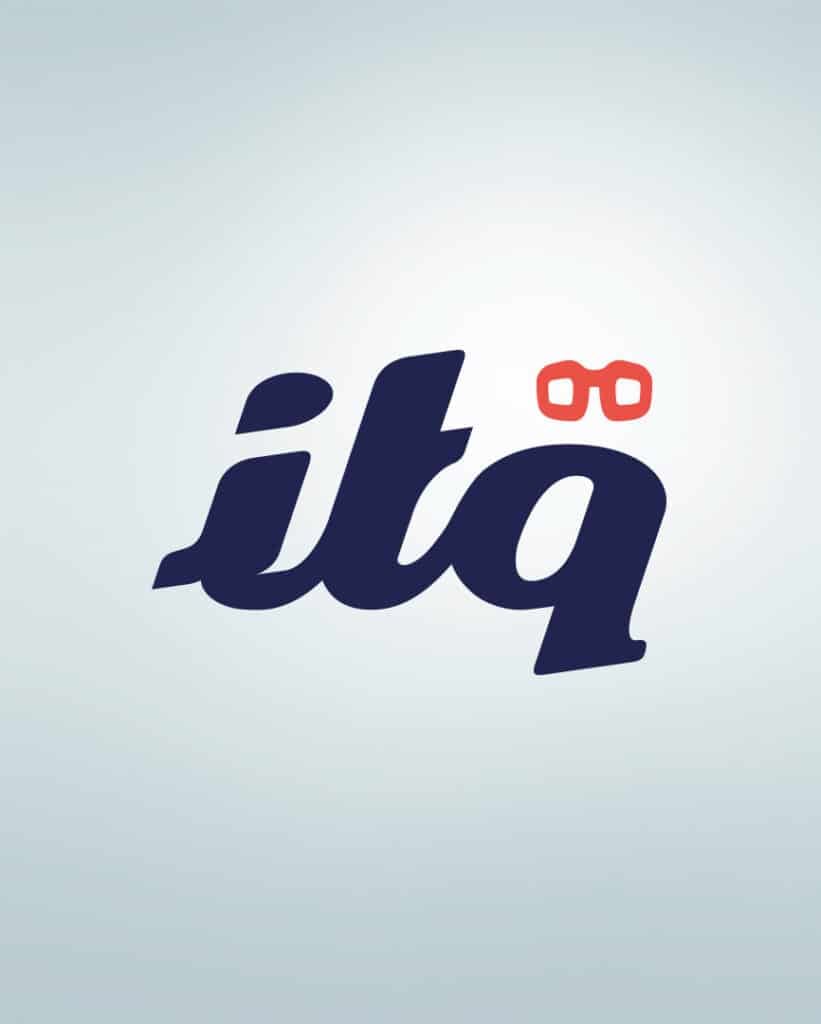A while ago a wrote a blog about Liquidware ProfileUnity and how you can manage user profiles on multiple platforms. If you haven’t read it I would suggest reading it first before continuing. You can find it here: How do I effectively manage User Profiles on multiple platforms. Another big challenge in RDSH or VDI environments is Application Lifecycle Management. In this blog, I’ll review Liquidware Flexapp and how it can help you manage your applications.
What is it?
FlexApp Application Layering is a part of ProfileUnity, it makes it possible to virtualize applications and it looks like they are natively installed in the Operating System. One of the biggest advantages of Application layering is that leads to much higher rates of compatibility than other technologies. Once applications have been packaged for layering, they are grouped in virtual hard disks (VHDs) or virtual machine disk files (VMDKs). Virtual Hard Disks offer more flexibility because they can be stored on a Windows Fileserver. The disks are centrally managed and can be assigned to users on a machine-level or context-aware bases. Some of the possible context filters are:
- Computername or group
- Active Directory OU, Group or User
- Windows version
- …
FlexApp is supported on virtual, physical, and Server Based Computing (SBC) environments such as VMware Horizon, Citrix Xenapp, and Microsoft RDS.
On-Premises Architecture

Liquidware Flexapp has 3 main components:
- ProfileUnity Management Console
- FlexApp Packaging Console
- ProfileUnity Client.
The ProfileUnity Management Console provides one central location where admins can manage persona management, user and machine policies. The FlexApp Packaging Console allows admins to configure and prepare applications that need to be assigned to users. The ProfileUnity Client manages each user and application settings during their session. The FlexApp layers as VHDs that are assigned to users on a “one to many” basis.
Cloud Architecture
Another great future that I like about Flexapp that it supports DaaS and Cloud-Based Storage.
VHD’s can be stored on Microsoft Azure, AWS and GCP. The FlexApp Packaging Console can save directly to cloud storage while creating a layer or take an existing on-premises FlexApp and clone it to cloud storage and clone from one cloud to another. FlexApp delivery can be a mix of on-premises and cloud. Flexapp has built-in resiliency, FlexApps running in the cloud use block-level caching of
the VHD to the endpoint. On-premises FlexApps hosted from an SMB share can also take advantage
of caching if desired. This feature eliminates the need for a constant connection to storage and
allows FlexApps to have resiliency and failover. I think that’s an awesome feature and separates it from other layering technologies.

ProfileUnity & FlexApp from version 6.8.3 offer support for Windows Virtual Desktop. You can bring your existing profiles and applications to WVD. ProfileUnity and FlexApp can co-exist with Fslogix. This brings flexibility and freedom of choice, on how you can manage user-profiles and applications on WVD.
ProfileUnity and FlexApp better together
After applications are packaged, ProfuileUnity is required in order to ensure that applications are delivered to users. So users get a consistent desktop user experience and it doesn’t matter how the applications are delivered. A great advantage of using ProfileUnity with FlexApp is that admins have an integrated system through which to both package and deliver applications to users. This offers an
end-to-end solution. So that no matter how applications are delivered, ProfileUnity can
deliver user profiles, application data, and all other customizations for a consistent
user experience.

Conclusion
Managing applications in different environments like on-premises and in the cloud can be very challenging. It requires a solid application lifecycle management strategy. Liquidware ProfileUnity and Flexapp offer a complete end to end solution to manage applications and User Profiles. Perhaps it can be a great solution for your environments as well. You can find more information about Lilquidware ProfileUnity and Flexapp on this link.
The original article was posted on: maartencaus.be



